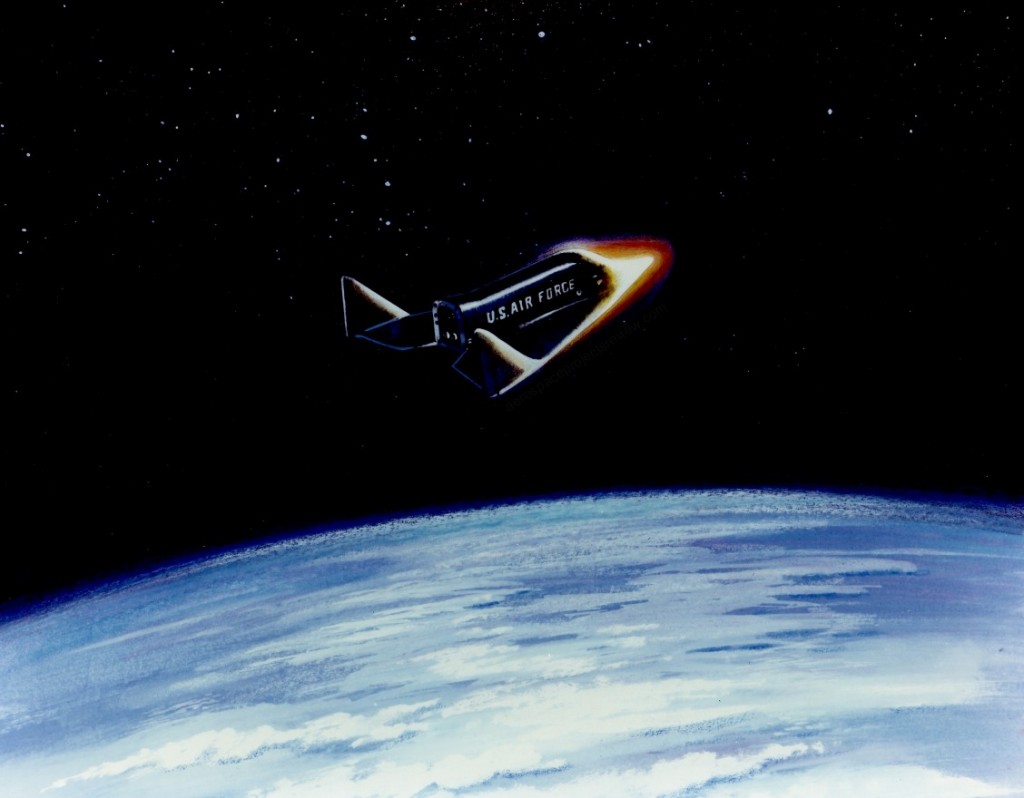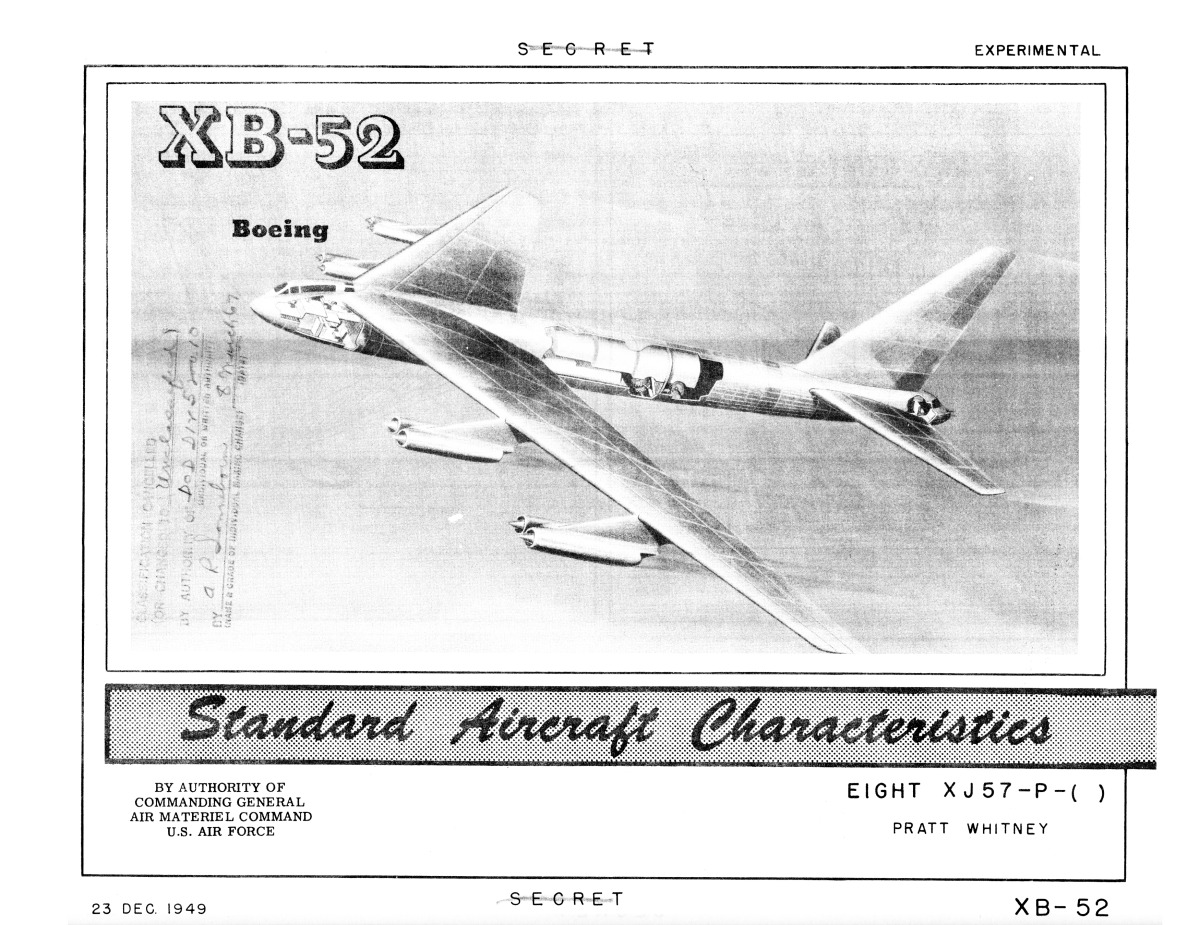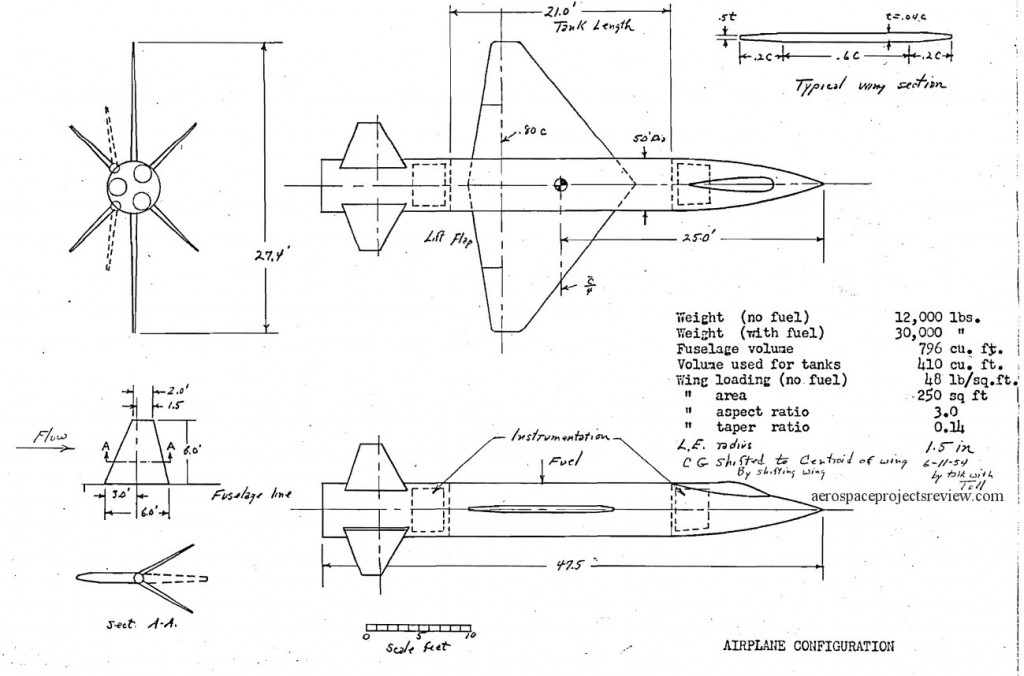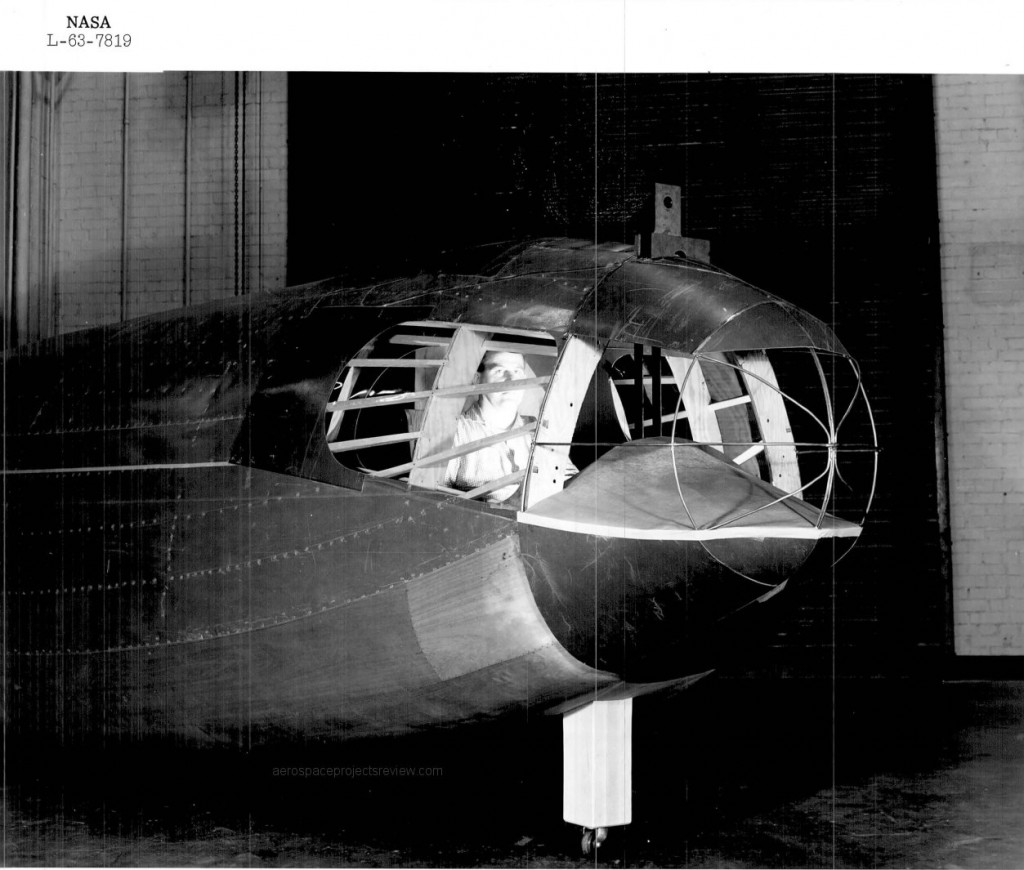As it turns out, the Obama Administration knew that the Benghazi consulate was under terrorist attack pretty much as it happened, and watched in real time via overhead drone and did approximately nothing… apart from telling CIA operators who were right there to “stand down.” This is of course a Very Bad Thing, but one can legitimately ask “well, what could they have done?” There are of course answers… since a drone was overhead watching the attack, it’s not unreasonable to wonder if there was an *armed* drone overhead. A Maverick or a Hellfire missile launched from a drone would have made a mess of the attackers. A few F-18’s from an aircraft carrier would have made even more of a mess of them, though it might’ve taken a few hours to get on site (certainly not seven, of course). And an AC-130 or a few B-52s would have done yet more to bring the assault to a close. American troops did arrive at the Benghazi airport something like four hours after the attack began, but got held up by – essentially – bureaucracy on the ground.
Still, any such assault is best countered not with bombs and missiles from the air, but bullets and grenades from ground level. And that means troops, well armed and fully equipped. Since the Administration refused to fully support the defense of the consulate before the attack, they were quite unprepared, and backup was quite some time away via transport helicopters.
Which brings me to Hot Eagle.
A decade ago, there was a low-level, minimally funded series of minor studies at the DoD and among contractors for a Small Unit Space Transport and Insertion (SUSTAIN) concept. In short, SUSTAIN called for shooting a platoon of Marines or Special Forces hundreds or thousands of miles through space with rocket propelled vehicles.
The idea was not new… it stretches back to at least the 1950’s, when the US Army examined the use of Redstone rockets to launch “pods” with soldiers. And of course there was the Douglas Astronautics ICARUS/Ithacus, a modification of the ROMBUS SSTO vehicle meant to launch 1200 fully armed Marines halfway across the planet (both of these were described much more fully HERE). Every few years the idea pops up again, gets studied, someone points out how fabulously expensive it would be, and the idea fades.
One of the main complaints is that for all the massive development effort and cost, what you’d likely wind up with is something with the carrying capacity of a current transport helicopter, something like a Black Hawk or, just maybe, a Chinook. And extracting the vehicle is another problem, as with most designs it would expend the bulk of its rocket fuel just landing. So, you’d take the most expensive transport aircraft ever developed, use it to deliver a very small number of troops, and then very likely simply throw the vehicle away… stranding the troops where you dropped ’em. It becomes easier to see why the concept never seems to get anywhere.
Anyway, during the SUSTAIN efforts, the vehicle itself was studied under the codename “Hot Eagle.” While a few fairly crude preliminary concepts were shown publicly, if detailed design work was done it hasn’t come to light. Most of the designs were necessarily simple… little more than cylindrical cargo sections with rounded nosecones, propellant tanks, rockets and fins. Landing would generally be by rocket, either in a horizontal attitude like a Harrier, or vertically like the Delta Clipper.

Some designs called for the vehicle to be able to partially self-extract… it would launch vertically, fly horizontally, catch a cable trailing behind a cargo plane such as a C-17, and would then be towed like a kit to a safe landing and recovery area. But this would be a challenge, especially if the vehicle had used up all its propellant or been poked full of bullet holes.
So, back to Benghazi.
The idea occurs that a Hot Eagle or two could be carried by aircraft carriers, or even by cruisers or destroyers. Had there been such in the Med – and I’m pretty sure there were – a Hot Eagle or two could have been launched from within a few thousand miles of the consulate, and would get to the vicinity of the consulate in just a few minutes. Drones in the air would provide information on the state of affairs… whether the Hot Eagles could, say, land in the consulate courtyard, or whether the troops would do better to bail out 10,000 feet up and parachute in, either letting the Hot Eagle plummet into the Med, or land (autonomously, or under remote control) somewhere else. The troops would then support the consulate against the attackers.
While that is going on, larger numbers of troops would fly in via more conventional means. In this case there’d be no need for the Hot Eagle to extract the troops… within a few hours helicopters would be on scene ready to help.
There is no serious likelihood that development of a system like this would ever be anything but “US FedGuv Expensive.” But once developed, there are reasons to assume why the individual vehicles themselves might not be *so* expensive that throwing them away would be insane. While necessarily hypersonic, they are not *orbital,* and thus aerothermal heating becomes a much easier issue to deal with. Flight duration would be mere minutes; the vehicle need not even be pressurized, if the troops have basic pressure suits. Construction would include a lot of cheap aluminum and less cheap but still unspectacular carbon fiber. The rockets would most likely burn jet fuel and liquid oxygen, making them compact, well understood and rugged… copies of any of a number of Russian engines would work, though I’m sure Xcor would be able to come up with something even better. Inflatable structures, deployable Rogallo-type wings and other cost-and-complexity-saving measures could make the craft eminently expendable.
As more information comes out about Benghazi and the administrations odd response to it (and to the family members of the victims), such as lying about what the attack was even bout, the more it looks like the Administration wanted to use the attacks right from the beginning for some obscure political purposes. Consequently, had Hot Eagles been available, it’s questionable whether they would have been allowed to be used. But administrations come and go; weapons systems last for decades.








